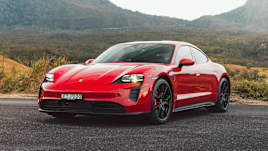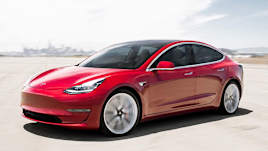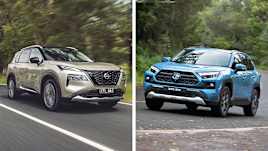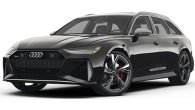One of the most common questions regarding the latest in passenger-car technology is: Do electric cars have gears? The question really should be: Do electric vehicles have more than one gear, but, in both cases the broad answer is no, they don’t. That’s in the case of production cars anyway, and the reason is simple: They don’t really need more than one gear.
In most cases, the production-based EV has an electric motor that acts more or less directly on the axles (or drive-shafts) turning the wheels. Even on an all-wheel-drive EV, that simply means there’s an electric motor at each end of the car, operating the front and rear drive-shafts. That brings us to the more subtle question of: Do electric cars have transmissions? In the strictest technical sense, they do, but the EV transmission is a very simple device, since it’s a single speed unit rather than a multi-speed gearbox. Simplicity of drivetrain is a major EV selling point.
So why only one gear? A conventional car needs a multi-ratio transmission (or gearbox) because the engine operates well in only a narrow band of speeds (rpm). So, to keep the engine in its happy-zone, the gearbox can provide it with the gear ratio that is right at that moment; that keeps it spinning at a happy speed, regardless of whether it’s in stop-start traffic or cruising on a freeway at 110km/h. But the electric motor fitted to an EV has a much wider range of speeds at which it makes good power and torque. In fact, an electric motor makes its maximum torque at rest and can spin very fast, so it’s always ready for action.
This is all tied up with the broad subject of 'how do electric engines work', but it remains that an electric motor (it’s not technically an engine at all) makes lots of torque from the moment the driver presses the accelerator. Which brings us to the topic of 'do electric cars have a clutch' because, again, the answer is no. It doesn’t need one because to stop an EV at a traffic light, you simply stop the motor; it doesn’t remain running at idle like a conventional car engine and, without gears to select anyway, you don’t need it even when taking off from rest. All these things make driving an EV a simpler task than a conventional car with a manual transmission. Maintenance over the life of the vehicle is reduced, too.
Most production EVs have this simple, single speed transmission, the notable exception being the Porsche Taycan. That car has a two-speed gearbox which enables Porsche to make it accelerate extremely quickly as well as reach a high top speed (both Porsche selling points from the very beginning). Most EV makers gear their cars for either top speed or acceleration (usually the latter) but the electric motor is so flexible that Tesla has shown it’s possible to attain both with a single-speed gearbox.
The major variation from this concept comes in the form of older cars that enthusiasts have converted from petrol to electric power. In these cases, the engine vs transmission equation means that the car usually retains its manual gearbox. That’s purely because the electric motor sits where the petrol motor once did, and retaining the transmission is a simple way to get the electric power to the wheels. This is one case where the type of motor (petrol versus electric) being used to power the car doesn’t dictate the transmission.
The vast majority of these home brews use a conventional manual (stick shift to use an Americanism) because converting a petrol car with an automatic transmission is a much bigger job. Even then, most owners of these converted cars find they leave the car in third gear all of the time and allow the huge flexibility of the electric motor to do its thing, driving the car as if it was without gears. Again, the clutch is not needed, even in stop-start traffic.









.jpg)
.jpg)

.jpg)
.jpg)
_0.jpg)
_0.jpg)




.png)


.png)

.png)













.png)
.png)


